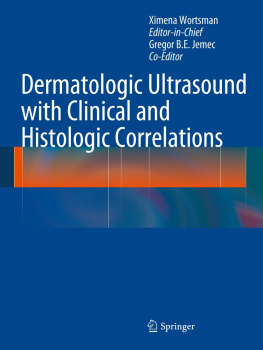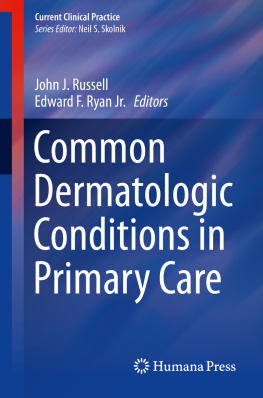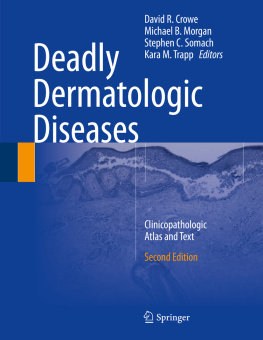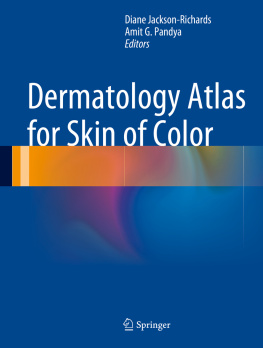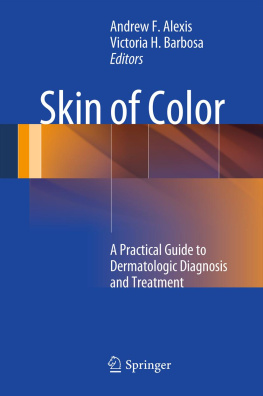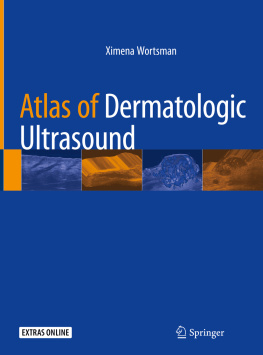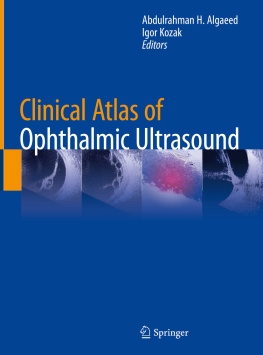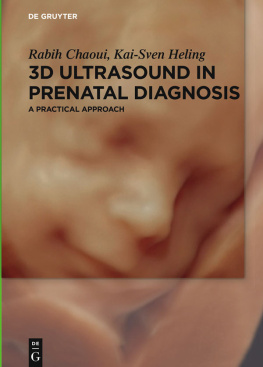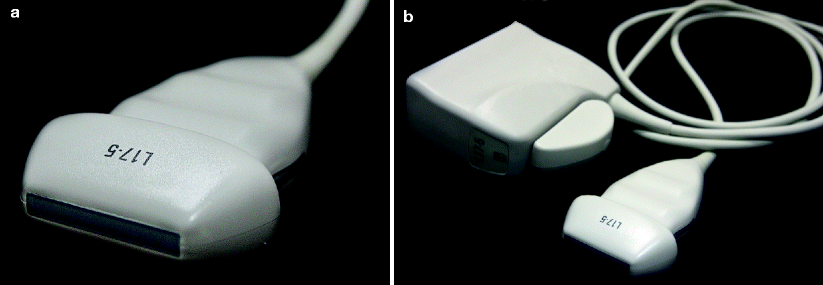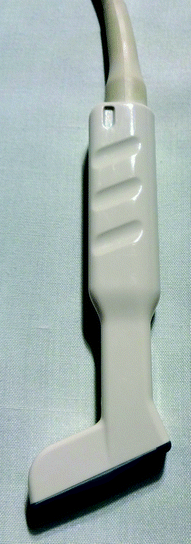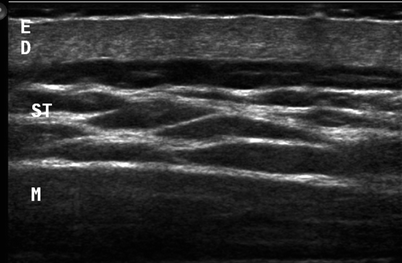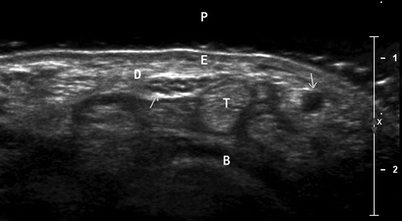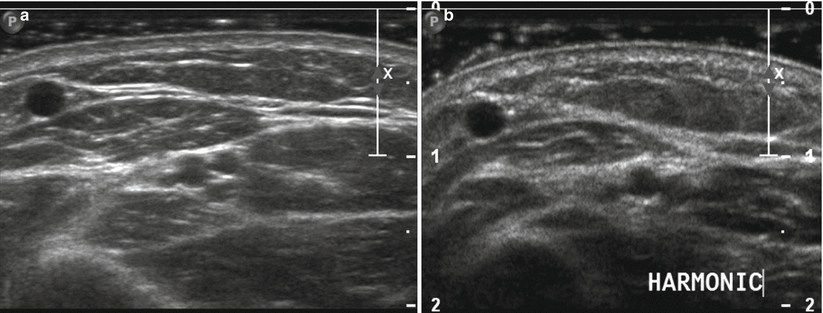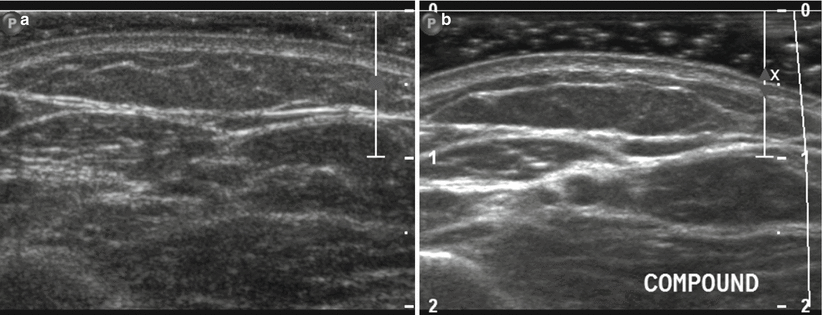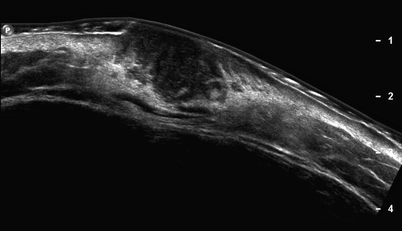Ximena Wortsman (editor) - Dermatologic Ultrasound With Clinical and Histologic Correlations
Here you can read online Ximena Wortsman (editor) - Dermatologic Ultrasound With Clinical and Histologic Correlations full text of the book (entire story) in english for free. Download pdf and epub, get meaning, cover and reviews about this ebook. year: 2013, publisher: Springer Nature, genre: Home and family. Description of the work, (preface) as well as reviews are available. Best literature library LitArk.com created for fans of good reading and offers a wide selection of genres:
Romance novel
Science fiction
Adventure
Detective
Science
History
Home and family
Prose
Art
Politics
Computer
Non-fiction
Religion
Business
Children
Humor
Choose a favorite category and find really read worthwhile books. Enjoy immersion in the world of imagination, feel the emotions of the characters or learn something new for yourself, make an fascinating discovery.
- Book:Dermatologic Ultrasound With Clinical and Histologic Correlations
- Author:
- Publisher:Springer Nature
- Genre:
- Year:2013
- Rating:3 / 5
- Favourites:Add to favourites
- Your mark:
Dermatologic Ultrasound With Clinical and Histologic Correlations: summary, description and annotation
We offer to read an annotation, description, summary or preface (depends on what the author of the book "Dermatologic Ultrasound With Clinical and Histologic Correlations" wrote himself). If you haven't found the necessary information about the book — write in the comments, we will try to find it.
Significant technological advances have produced equipment that allows imaging of the skin with variable frequency ultrasound in previously unseen detail and provides a range of dynamic data that is currently unmatched by any other technology. Dermatologic Ultrasound with Clinical and Histologic Correlations is a comprehensive introduction to ultrasonography of the skin, nails, and scalp as it relates to the assessment and diagnosis of dermatologic diseases. It provides radiologists, sonographers, dermatologists, and physicians with interest in skin imaging with a concise understanding of the diagnosis of dermatologic conditions through extensive high-resolution gray scale and color Doppler ultrasound images and presents classical correlations of clinical dermatologic lesions with sonographic and histologic findings. Featuring more than 1700 images, this text-atlas provides an excellent starting point in learning about this topic.
Featuring contributions from world-renowned authorities in the field of superficial ultrasound imaging, the book reviews the technical considerations relating to color Doppler ultrasound of the skin; surveys the dermatologic entities that can be visualized with ultrasound imaging, such as cutaneous tumors, inflammatory diseases, hemangiomas and vascular malformations, melanoma, nail tumors, scalp diseases and cosmetic conditions; shows common simulators of cutaneous diseases; and discusses protocols for assessing common dermatologic conditions. Inclusion of clinical overviews, tips, and pitfalls enables a better understanding of the pathologies of the disorders and the methodological approach in assessing these entities.
Ximena Wortsman (editor): author's other books
Who wrote Dermatologic Ultrasound With Clinical and Histologic Correlations? Find out the surname, the name of the author of the book and a list of all author's works by series.

